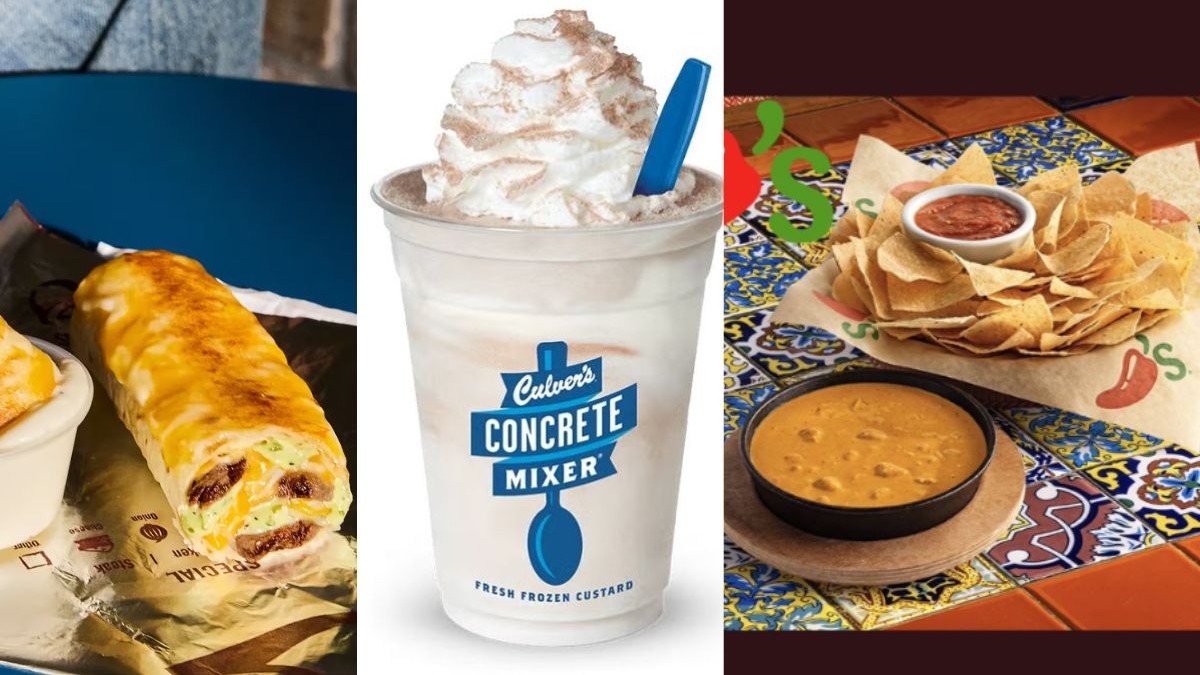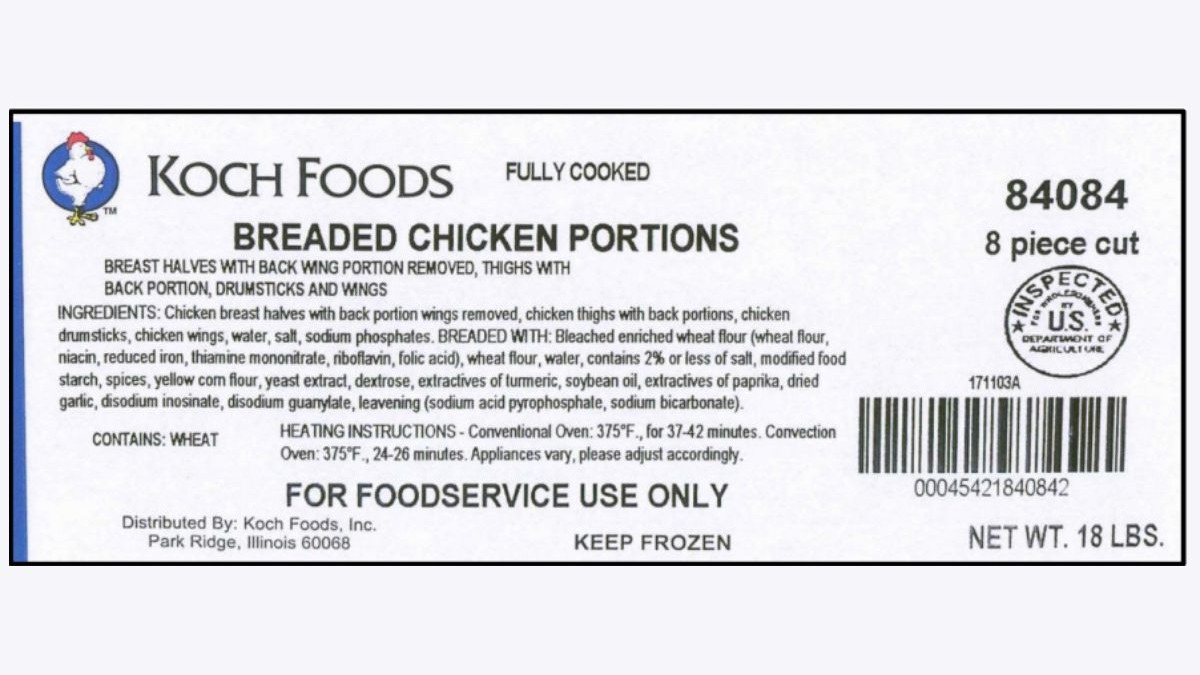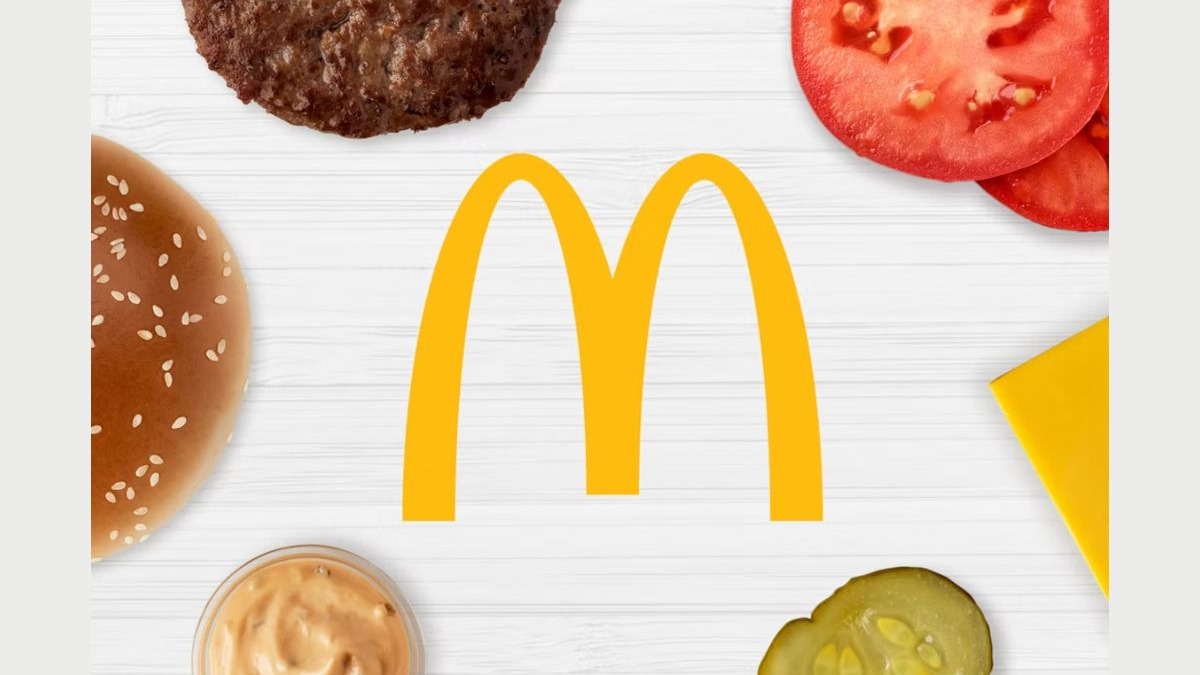Target has long been a prominent name in the retail industry. The retailer used to follow inclusive strategies that considered teams and communities. Late in January of this year, the retailer dropped their diversity, equity, and inclusion (DEI) program. A boycott from the people followed it. The current situation is challenging as the stores have lesser footfall.
Highlights
- In January 2025, Target discontinued its DEI program and REACH initiative, causing public outrage.
- Consecutively low foot traffic is being reported along with quarterly loss.
- The retailer is trying to attract customers by launching sales and discounts.
Target Struggles With Falling Foot Traffic
Back in January, Target announced that they are concluding their DEI goals and Racial Equity Action and Change (REACH) initiatives. It was a moment of shock for customers, employees, and advocacy groups. The retailer had to face backlash and a 40-day boycott by Black clergy and activists.
Even after 150,000 sign-ups in the boycott, Target had hopes of improvement from the Easter holidays. However, the current foot data shows no improvement. It has been eight weeks since Target has witnessed a good number of customers.
For the week beginning March 17, a 5.5% year-on-year decline in foot traffic was observed, which was an improvement over the 7.1% decline in the preceding week. Over the eight weeks, Target stores experienced an average foot traffic decline of 6.2%. Additionally, at the beginning of March, the company reported a quarterly revenue decline of 3.1% amid falling sales.
Falling Numbers and Comparision With Other Retails
With the Trump administration’s comeback, the country is undergoing numerous changes. Private companies like Target are expected to comply with the administration’s decisions to dump DEI programs. Target used to be a corporate concern about radical social justice and communities, but this decision brought an unexpected backlash.
Not all retailers or private companies complied with the administrative suggestions. For instance, Costco did not make any changes in their programs and policies and observed growing foot traffic at the same time when Target was struggling.
Walmart and McDonald’s also saw consumer declines in the same timeline as Target, but for them, the situation started improving in the week that began on March 17. Walmart observed a 0.3% consumer traffic increase, and McDonald’s observed a 2% gain. These two companies even faced a lesser percentage of fall in average weekly traffic as compared to Target. Walmart’s average fall in traffic was 1.6%, and that of McD was 3.6%.
Target authorities are not losing hope and are trying to get their consumers back. This year, they came up with Target Circle Week a little early. In this, the stores focus on better marketing push via offering sales.
The condition doesn’t seem to be improving, and the Target officials are also not getting in front of any discussion. No one knows what the future holds for Target, as the numbers don’t lie!













